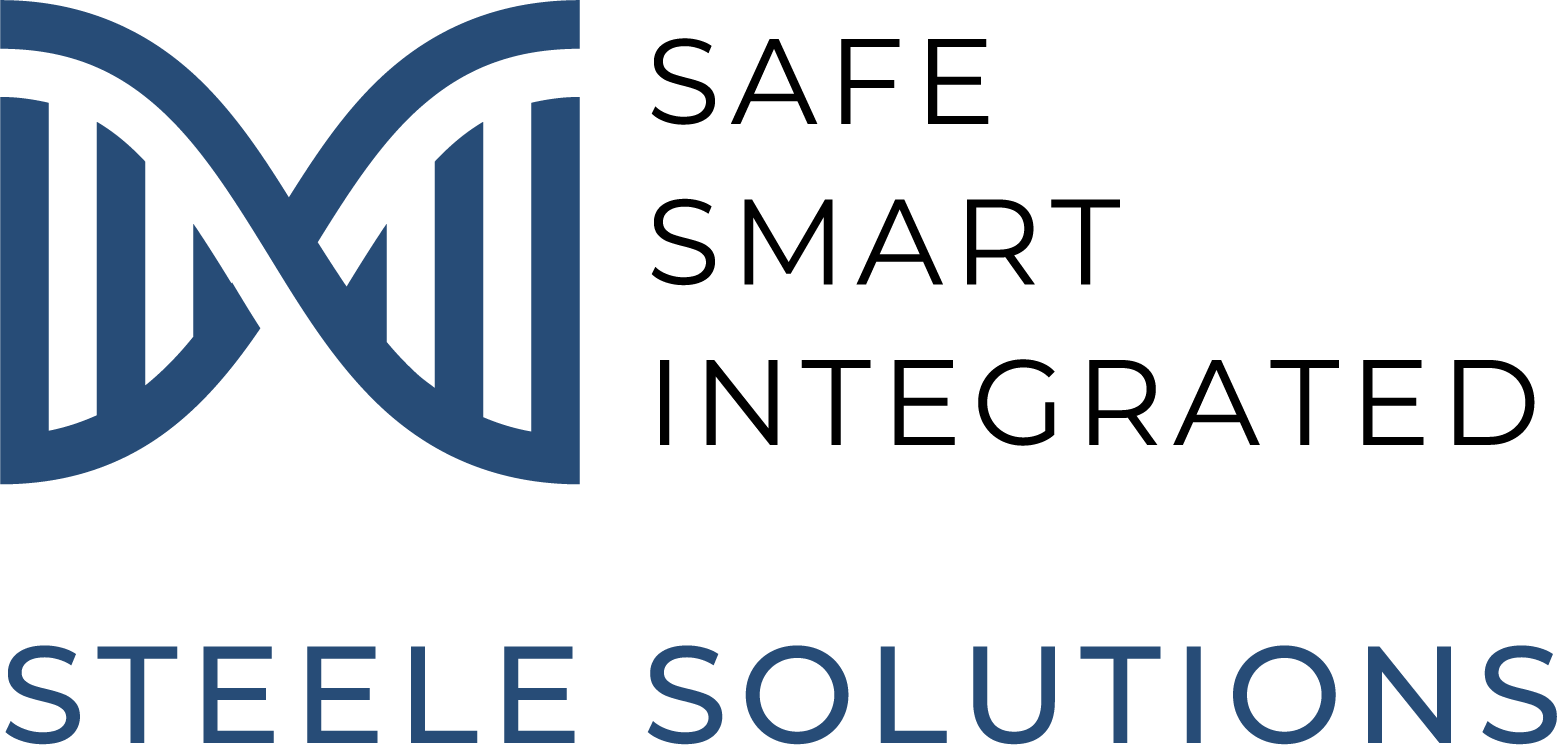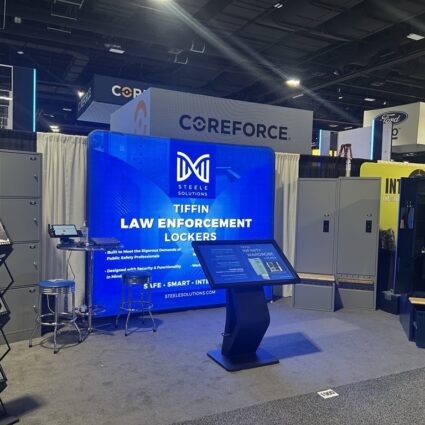How to Commoditize Work Platforms
by Kevin O’Neill
In the extremely fast-paced world, everyone wants a simple and inexpensive solution to their problems. There never seems to be enough time to collaborate with a team and discuss the steps that need to be taken to solve a problem. Problems are solved by a quick internet search and then purchasing a solution that is inexpensive and appears like it will get the job done efficiently and quickly.
When searching for a product, buyers and project managers look for the easiest and cheapest solution: a commodity product. Commodity solutions for large scale material handling projects would expedite the project and decreased expenses. To make a work platform a commodity product, project managers and project engineers need to answer the following questions, and make sure all the answers are the same for each project they work on.
Customer
1. Who is the customer?
2. Who is the end-user?
a. Is it the same as the customer?
3. What is the project timeline?
a. Will the technology used in/on the platform change during the project?
4. What are the safety specs for the insurance company or the company policy?
5. Are there any corporate standards for platforms that we need to know about?
6. Does the project require a PE stamp?
Building
7. Is this an existing building or new construction?
8. Are the building specs available?
9. What is the building footprint?
10. Are there special building codes that we need to be aware of?
11. Where are there pipes, columns, sinks, ducts, etc. located?
12. What does the building floor look like?
13. Where are the platform footing going to be?
14. What will the column spacing be?
15. How many columns are needed?
16. What is the orientation of the building to the road?
Environment
17. What type of environment will the platform be in?
a. Is it indoors or outdoors?
18. Are there chemicals present?
a. If so, are the chemicals corrosive?
19. What is the temperature of the environment the platform will be present in?
20. Are there clean requirements?
21. What is the geographical location?
22. Is this a high seismic area?
Platform
23. What is the application of the platform?
24. Why is the platform needed?
a. Is it going to be used for walkways, equipment, storage, access platform?
25. What is going on the platform?
26. Will there be any food product on the platform?
27. Is the platform supporting any machinery?
a. How much does the machinery weigh?
b. Where will the machinery sit?
c. Where are the feet of the machine?
d. Does the machine cause vibration?
e. How much vibration?
f. Does the machine require no vibration?
28. Will people be on the platform?
a. How many people?
b. What will the people be doing?
29. How many stairways does the platform need?
30. How many ladders will the platform need?
31. What kind of decking is needed?
32. What color does the structure need to be?
Most Importantly
33. Are you looking for the cheapest solution or the BEST solution?
As you can see there is more to a project than what meets the eye and it is not always easy for just one person to know everything about the new project and all the factors that go into engineering a new structure. There are no two projects that are the same, even if it may seem that way. Creating a commodity product would generate a streamlined ordering process, but it would not always be the solution that a customer wants and cause more headaches in the end.
Steele Solutions, Inc is here to help you determine the best possible solution while considering all the different factors. We have a team of skilled and knowledgeable engineers, estimators, sales professionals and more to make sure your project is a success!




